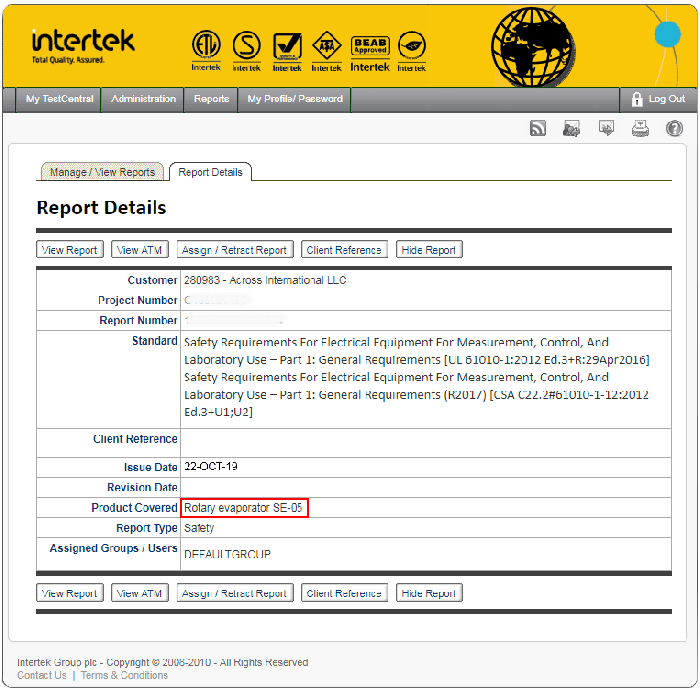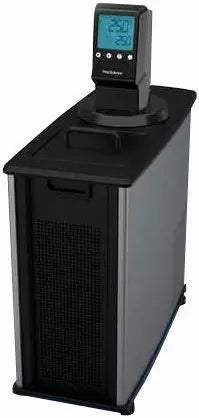Ai SolventVap 2L (evaporating flask capacity) series rotary evaporators come with a modular heating bath, vertical glassware, and digital temperature/rotation control. Its optimized bath volume allows for rapid heat-up times. The condenser unit has specially designed glass tubes that utilize surface area extremely efficiently. Thats why our SolventVap evaporators consistently deliver reliable and reproducible process results that are usually reserved for more costly systems. Another important aspect of the SolventVap is the safety features, which includes dry-run protection, water bath over-temperature shut-off protection, and fuse protection.
Features
- New electric evaporator flask lift, nonexposed water bath heater, and plexiglass bath cover, standard
- Solvent-resistant PTFE and Viton gaskets ensuring long time operation.
- Specialized motor with extremely compact, intermeshed worm and worm gear provides precise driving for very quiet, vibration-free operation.
- Downward-condensing vacuum connection design ensures safe vacuum operation.
- Modular design (individual rotary and water bath modules) for easy future upgrades.
- Easy multi-level manual lift with secure lock for the evaporating flask.
- Easy, straight-forward visual operation with digital speed and temperature display.
- PID temperature controller ensures accurate temperature control is maintained.
Your safety is important to us! Please use caution when operating. Users of glass reaction equipment must take all necessary precautions to avoid contact with rotating parts, particularly entanglement of loose clothing, hair, necklaces, or other jewelry. Under these circumstances, the winding action of the rotating parts can draw the user(s) into the apparatus, resulting in breakage of glassware, burns, and/or chemical exposure. Extra caution must also be taken when operating with air-reactive materials, especially under vacuum. A leak can draw air into the apparatus and cause a violent reaction to occur.
A rotary evaporator is a device used in chemical laboratories for the efficient and gentle removal of solvents from samples by evaporation. The process of rotary evaporation is most often used to separate solvents with low boiling points, such a n-hexane or ethyl acetate, from compounds which are solid at room temperature and pressure. However, careful application also allows for the removal of a solvent from a sample containing a liquid compound, if there is minimal co-evaporation (azeotropic behavior) and a sufficient difference in boiling points at the chosen temperature and reduced pressure.
Example: The following table is a list of a variety of substances ordered by increasing vapor pressure (in absolute units).
Payment & Security
Your payment information is processed securely. We do not store credit card details nor have access to your credit card information.










